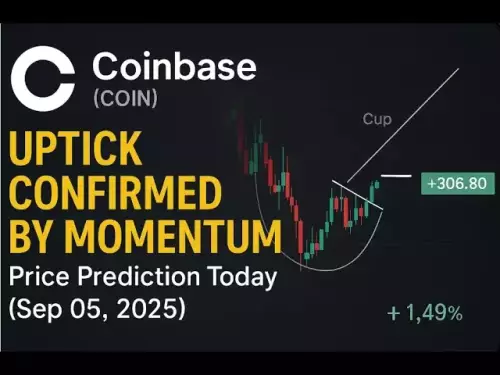-
 Bitcoin
Bitcoin $111100
0.57% -
 Ethereum
Ethereum $4304
-0.23% -
 XRP
XRP $2.835
1.13% -
 Tether USDt
Tether USDt $1.000
0.01% -
 BNB
BNB $850.6
0.46% -
 Solana
Solana $204.3
0.61% -
 USDC
USDC $1.000
0.01% -
 Dogecoin
Dogecoin $0.2184
2.83% -
 TRON
TRON $0.3318
-0.95% -
 Cardano
Cardano $0.8325
2.77% -
 Hyperliquid
Hyperliquid $47.01
3.88% -
 Chainlink
Chainlink $22.35
-0.49% -
 Ethena USDe
Ethena USDe $1.001
-0.02% -
 Bitcoin Cash
Bitcoin Cash $610.4
3.62% -
 Sui
Sui $3.391
3.45% -
 Stellar
Stellar $0.3606
2.56% -
 Avalanche
Avalanche $24.35
-0.25% -
 Hedera
Hedera $0.2197
3.45% -
 Cronos
Cronos $0.2662
0.23% -
 UNUS SED LEO
UNUS SED LEO $9.538
0.34% -
 Litecoin
Litecoin $112.7
1.65% -
 Toncoin
Toncoin $3.086
-0.63% -
 Shiba Inu
Shiba Inu $0.00001241
2.78% -
 Polkadot
Polkadot $3.826
1.36% -
 Uniswap
Uniswap $9.437
1.68% -
 Dai
Dai $0.9999
-0.01% -
 Ethena
Ethena $0.7326
12.45% -
 Monero
Monero $268.6
0.21% -
 Aave
Aave $304.7
-1.16% -
 World Liberty Financial
World Liberty Financial $0.1763
-2.24%
Does Gemini have a stop-loss feature?
Gemini lacks native stop-loss orders but offers stop-limit orders and API integrations to help traders manage risk in volatile markets.
Sep 05, 2025 at 07:55 pm
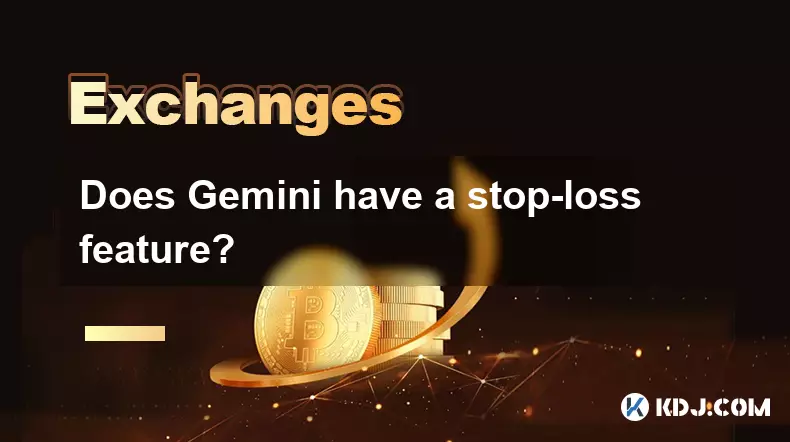
Gemini’s Approach to Risk Management Tools
1. Gemini offers a range of order types that allow users to manage their exposure in volatile markets. While traditional stop-loss orders are not directly available on the standard interface of Gemini Exchange, users can utilize stop-limit orders as an alternative mechanism to control potential losses.
2. A stop-limit order combines features of both stop orders and limit orders. Users set a stop price that triggers the order, and once triggered, it becomes a limit order at a specified price. This gives traders more control over execution but introduces the risk of non-execution if the market moves too quickly past the limit price.
3. The absence of a classic stop-loss order means traders must be more deliberate in setting their stop-limit parameters. This requires monitoring price action closely and adjusting orders based on current volatility and liquidity conditions within the market.
4. Advanced users often rely on external trading bots or third-party platforms that integrate with Gemini’s API to simulate stop-loss functionality. These tools can monitor price levels and automatically place market orders when certain thresholds are crossed, offering a workaround for the lack of native support.
5. It is essential for traders to understand that while stop-limit orders provide a level of protection, they do not guarantee execution during extreme market movements. Sudden price gaps, especially during high-impact news events, can result in orders remaining unfilled even if the stop price is hit.
User Experience and Platform Limitations
1. The user interface on Gemini prioritizes simplicity, which benefits beginners but may limit advanced traders seeking sophisticated risk controls. The absence of one-click stop-loss functionality can be a drawback for those accustomed to platforms like Binance or Kraken.
2. Mobile app functionality mirrors the web platform, meaning stop-limit is the only built-in tool resembling a stop-loss. Users cannot set trailing stops or conditional orders beyond the basic stop-limit structure without external tools.
3. Customer support does not assist in placing or modifying stop-limit orders in real time. Traders are expected to manage their own risk parameters, reinforcing the need for self-reliance and technical understanding.
4. Educational resources on Gemini explain how stop-limit orders work, but they do not emphasize the risks associated with slippage or partial fills. Users must proactively research these dynamics to avoid unexpected outcomes.
5. Account types on Gemini, including ActiveTrader and the standard exchange, offer the same order types. There is no tiered access to enhanced risk management tools based on trading volume or account status.
Strategies to Simulate Stop-Loss Functionality
1. Traders can use the API integration with algorithmic trading platforms like Hummingbot or custom scripts to monitor positions and execute market orders when predefined conditions are met. This effectively replicates a true stop-loss mechanism.
2. Setting multiple stop-limit orders at different price levels allows partial exits from a position, spreading risk across various downside scenarios. This layered approach can reduce the impact of sudden volatility.
3. Utilizing price alerts through the Gemini app or third-party services enables manual intervention when key levels are breached. While not automated, this method keeps traders informed and ready to act.
4. Some external dashboards that connect to Gemini via API offer visual order management and conditional triggers. These tools enhance the trading experience by providing features absent in the native interface.
5. Combining stop-limit orders with time-in-force settings helps control how long an order remains active after being triggered. This prevents stale orders from executing during unpredictable after-hours movements.
Frequently Asked Questions
Can I automate stop-loss orders on Gemini using bots?Yes, through Gemini’s API, developers and traders can connect automated trading bots that monitor price levels and execute market sell orders when certain thresholds are reached. These bots can simulate true stop-loss behavior even though the feature isn’t native to the platform.
What happens if my stop-limit order doesn’t execute?If the market price drops rapidly past your limit price after the stop is triggered, the order may not fill at all. This is common during flash crashes or high-volatility events, leaving the position exposed to further losses.
Is there a difference between stop-loss and stop-limit on Gemini?Gemini does not offer a stop-loss order type. It only supports stop-limit orders, which require both a stop price and a limit price. A true stop-loss would convert to a market order upon trigger, ensuring execution but not price.
Does Gemini charge extra fees for stop-limit orders?No, Gemini applies the same fee structure to stop-limit orders as it does to other order types. Fees depend on whether the order is a maker or taker, based on whether it adds or removes liquidity when executed.
Disclaimer:info@kdj.com
The information provided is not trading advice. kdj.com does not assume any responsibility for any investments made based on the information provided in this article. Cryptocurrencies are highly volatile and it is highly recommended that you invest with caution after thorough research!
If you believe that the content used on this website infringes your copyright, please contact us immediately (info@kdj.com) and we will delete it promptly.
- Cardano, Pi Network, and Presale Altcoins: What's the Buzz?
- 2025-09-06 04:45:15
- Bitcoin Hashrate, Price, and ATH: Navigating the Crypto Landscape
- 2025-09-06 04:30:12
- Tokens to Watch: Market Cap Projections for 2026
- 2025-09-06 05:05:13
- XRP, Trading Volume, and PayFi Altcoins: What's the Haps?
- 2025-09-06 04:50:12
- Trump Media, Crypto.com, and the Treasury Deal: What's the Deal?
- 2025-09-06 05:05:13
- Crypto's New Darling: Layer Brett and the Meme Coin Upside
- 2025-09-06 05:10:12
Related knowledge
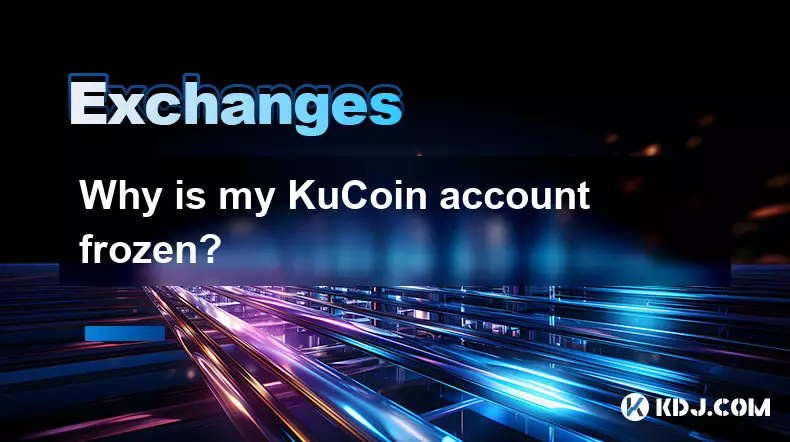
Why is my KuCoin account frozen?
Sep 05,2025 at 06:55pm
Common Reasons for a Frozen KuCoin Account1. Unverified identity information. KuCoin requires users to complete KYC (Know Your Customer) procedures to...
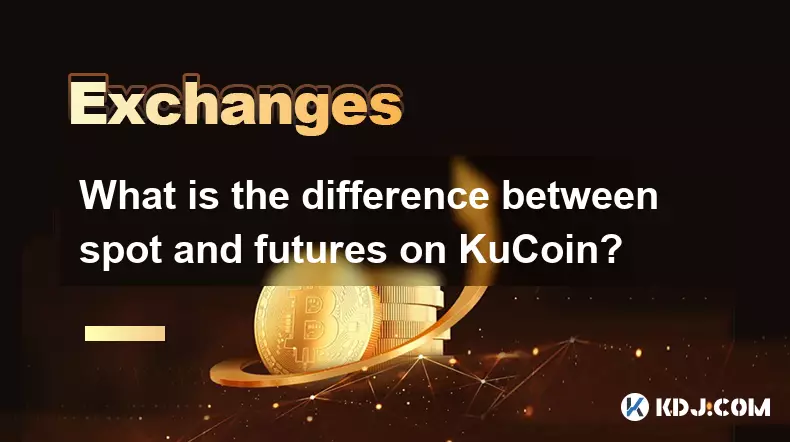
What is the difference between spot and futures on KuCoin?
Sep 06,2025 at 04:01am
Understanding Spot Trading on KuCoin1. Spot trading involves the direct purchase or sale of cryptocurrencies at the current market price. When a user ...
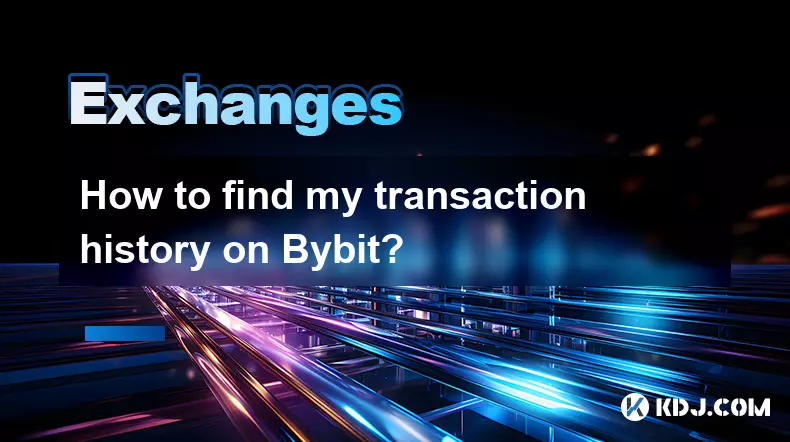
How to find my transaction history on Bybit?
Sep 05,2025 at 03:19pm
Accessing Your Transaction History on Bybit1. Log in to your Bybit account through the official website or mobile application. Ensure you are using a ...
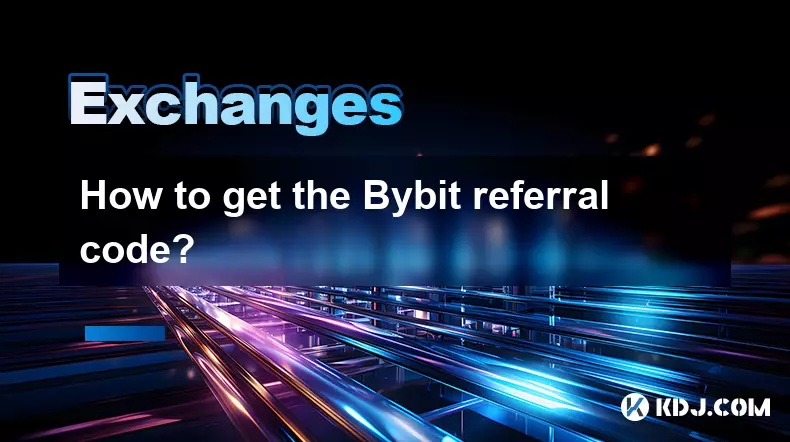
How to get the Bybit referral code?
Sep 05,2025 at 07:01pm
How to Obtain a Bybit Referral Code1. Visit the official Bybit website and log in to your account. If you don’t have an account, complete the registra...

What are Bybit maker and taker fees?
Sep 05,2025 at 11:00am
Understanding the Volatility of Cryptocurrency Markets1. Cryptocurrency markets are known for their extreme price swings, often influenced by speculat...
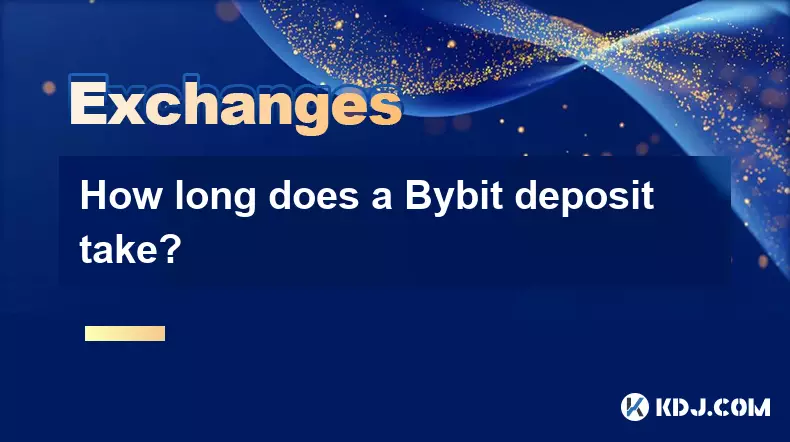
How long does a Bybit deposit take?
Sep 05,2025 at 03:36pm
The Evolution of Decentralized Exchanges in the Crypto Ecosystem1. Decentralized exchanges (DEXs) have reshaped how users interact with digital assets...

Why is my KuCoin account frozen?
Sep 05,2025 at 06:55pm
Common Reasons for a Frozen KuCoin Account1. Unverified identity information. KuCoin requires users to complete KYC (Know Your Customer) procedures to...

What is the difference between spot and futures on KuCoin?
Sep 06,2025 at 04:01am
Understanding Spot Trading on KuCoin1. Spot trading involves the direct purchase or sale of cryptocurrencies at the current market price. When a user ...

How to find my transaction history on Bybit?
Sep 05,2025 at 03:19pm
Accessing Your Transaction History on Bybit1. Log in to your Bybit account through the official website or mobile application. Ensure you are using a ...

How to get the Bybit referral code?
Sep 05,2025 at 07:01pm
How to Obtain a Bybit Referral Code1. Visit the official Bybit website and log in to your account. If you don’t have an account, complete the registra...

What are Bybit maker and taker fees?
Sep 05,2025 at 11:00am
Understanding the Volatility of Cryptocurrency Markets1. Cryptocurrency markets are known for their extreme price swings, often influenced by speculat...

How long does a Bybit deposit take?
Sep 05,2025 at 03:36pm
The Evolution of Decentralized Exchanges in the Crypto Ecosystem1. Decentralized exchanges (DEXs) have reshaped how users interact with digital assets...
See all articles

























